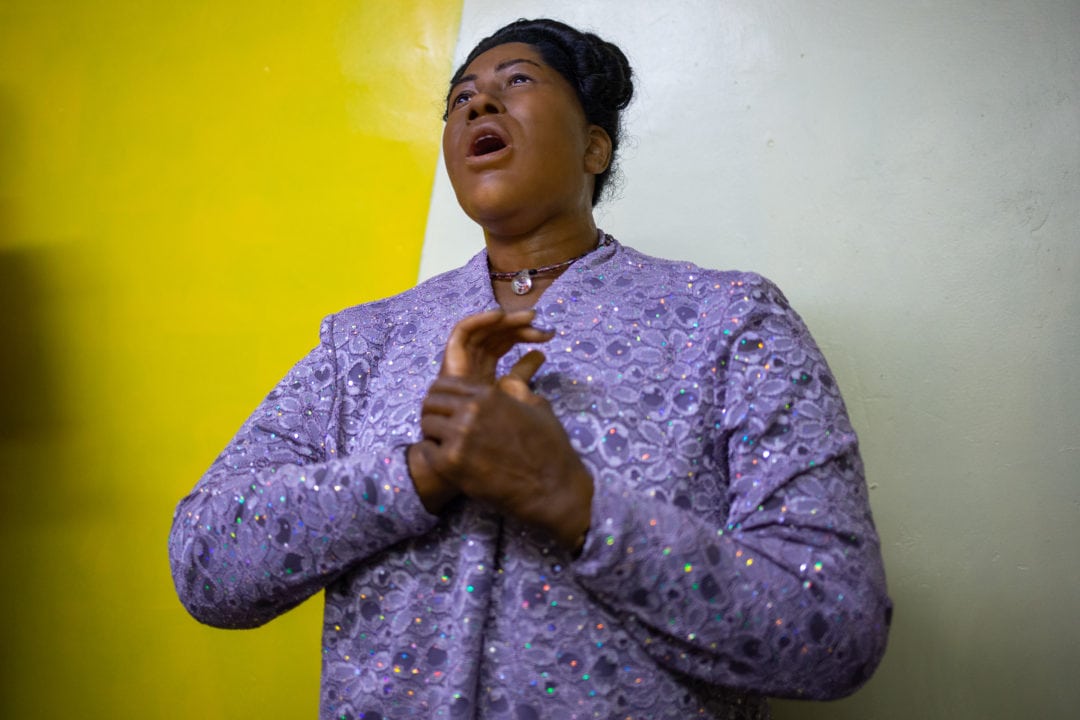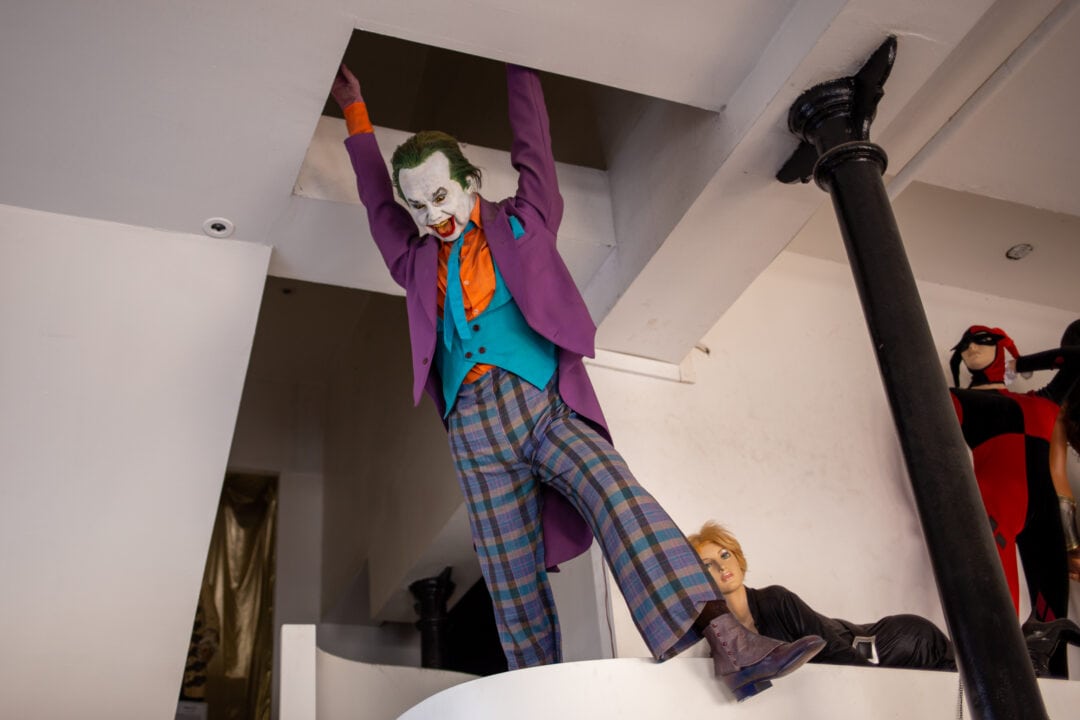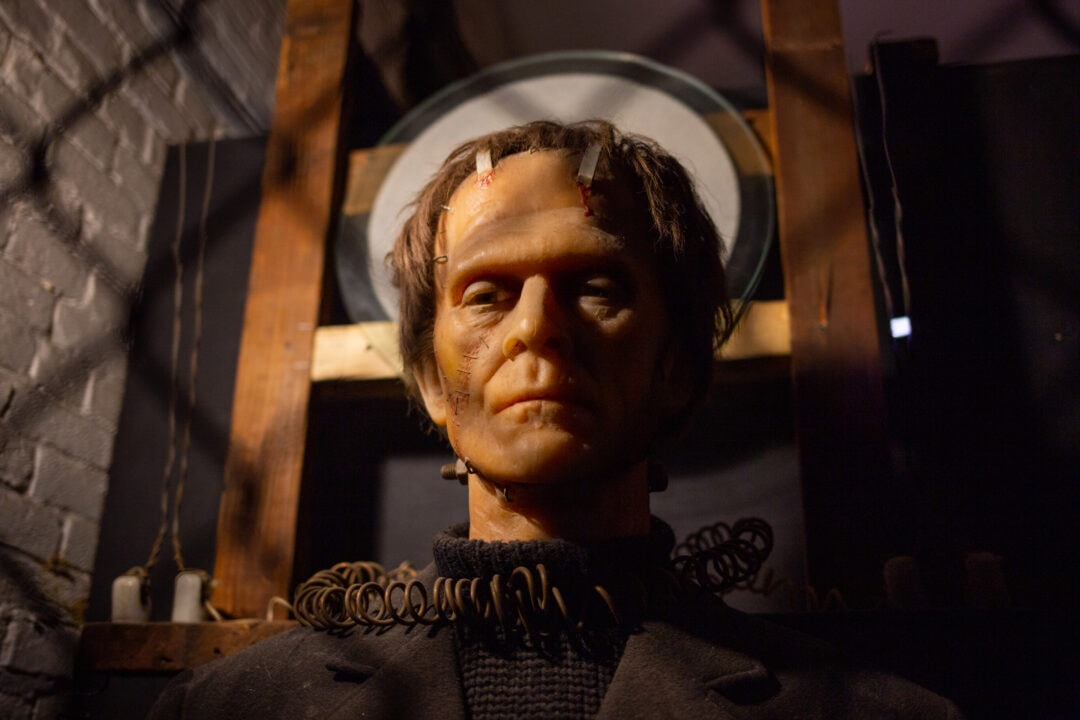Wax museums didn’t start with Madame Tussaud, a real person who established her first permanent waxworks exhibition in London in the mid-1800s. And modern iterations aren’t confined to the celebrity-filled company outposts that still bear her name, located in notorious tourist traps like Las Vegas, Hollywood, and New York’s Times Square. Although they are very much an endangered species, smaller, independent wax museums still exist in row houses and along main streets across the U.S. Each seeks to entertain, educate, and occasionally scare visitors with dusty dioramas depicting hometown heroes, made-up monsters, or a region’s rich (and sometimes notorious) history.
Here are six of the best wax museums devoted to Black history, the Salem Witch Trials, and plenty of celebrities rendered faithfully (or sometimes not) in wax.





1. National Great Blacks in Wax Museum
Founded by husband and wife educators in the early 1980s, the 17,500-square-foot National Great Blacks in Wax Museum now spans several refashioned row homes along East North Avenue in East Baltimore. With 150 figures currently on display, the museum illustrates the African American experience from its roots in Africa through slavery and into the present day.
At Baltimore’s National Great Blacks in Wax Museum, knowledge is power
The first, and most comprehensive, museum of its kind includes a ship depicting harrowing scenes of the transatlantic slave trade and a lower-level lynching exhibit. Upper floors celebrate the positive contributions and achievements of prominent civil rights leaders, celebrities, musicians, scholars, explorers, sports stars, and their allies, including Marylander Frederick Douglass, Barack Obama, singer Mahalia Jackson, abolitionist John Brown, and the Pullman Porters.




2. John Brown Wax Museum
John Brown was an American abolitionist who believed that armed rebellion was the best way to overturn slavery. In 1856, Brown and his supporters killed five pro-slavery settlers in the Pottawatomie massacre in Kansas, but he’s best known for leading a raid on the federal armory at Harpers Ferry, Virginia (now a part of West Virginia), in 1859. After Brown was captured and tried for treason, murder, and inciting a rebellion, he was found guilty on all counts and hanged.
Few historical figures have a wax museum exclusively devoted to telling their story (Jesus has several); the John Brown Wax Museum, located in a Harpers Ferry building that existed during Brown’s raid, contains 87 life-size figures in various displays depicting the controversial figure’s life and death. Open since 1963, the dimly-lit museum also features hand-painted signs, creaky wooden steps, and crude animatronics.

3. Salem Wax Museum
The Salem Wax Museum features 50 London-made wax figures depicting scenes from the Massachusetts town’s notorious history. The small museum, located near the Peabody Essex Museum, Tricentennial Witch Trials Memorial, and The Charter Street Old Burying Point cemetery, isn’t the main draw in a town famous for its extensive Halloween celebrations. But what the decades-old attraction lacks in technology and square footage, it more than makes up for in dioramas detailing the region’s rise as a strategic seaport. And, of course, the town’s infamous trials, which took place in the late 1600s—during which more than 200 people were accused of witchcraft—are showcased here as well.


4. Niagara Wax Museum of History
A sign in the Niagara Wax Museum of History’s entryway promises dozens of life size wax figures, including “explorers, pioneers, and statesmen prominent in the history of the frontier.” Visitors to the museum, which opened in 1968, may be surprised to also see Princess Diana, Julia Roberts, Mother Teresa, and other disparate celebrities (or close-ish approximations), each chosen for their sometimes tenuous connection to the region’s famous waterfalls; signs explain how each person either visited the area or simply “exemplified the beauty and grace of the falls.”
Niagara Falls, New York, is hoping to bring tourists back downtown
A recreation of a barber shop features a wax figure of Abraham Lincoln alongside the actual chair where the President “received tonsorial work” when he visited Niagara Falls. But the museum definitely saves the best for last with an interactive photo op: A framed photo of former Mayor Mike O’Laughlin saying “See You Later” on a simulated trip in a barrel over Niagara Falls hangs adjacent to the actual barrel prop. Before exiting the museum, visitors are encouraged to strike a going-over-the-falls pose on their own—without risking more than a bit of dignity.





5. House of Frankenstein Wax Museum
Featuring everything from classic literary tales and figures to modern-day pop culture icons Freddy Krueger and Jason Voorhees, House of Frankenstein Wax Museum brings to life some of the most famous stories in the history of horror through dioramas and interactive displays. The multi-story attraction, located behind a spooky storefront in Lake George, New York, opened in 1974. The Adirondacks resort town is full of vintage charm and other classic attractions, including A-frame cabins, kitschy souvenir shops, and several miniature golf courses.
House of Frankenstein transports guests into a world of horror and history
Foolish mortals beware: While there is no age requirement for admission to the House of Frankenstein, some of the exhibits—many of which feature real-life scenarios such as an electric chair activated by the push of a button—may be disturbing for those expecting a more traditional wax museum.





6. Laclede’s Landing Wax Museum
Located in a warehouse built in the 1800s, just steps from St. Louis’ Gateway Arch National Park, Laclede’s Landing Wax Museum is well worth the price of admission. With more than 250 life-size figures packed into several stories of a National Historic Landmark building, Laclede’s Landing has something for everyone: In the lobby, former U.S. presidents Barack Obama and Donald Trump are displayed next to Vladimir Putin and Kim Jong-Un—and across from Austin Powers’ Mini-Me. Batman’s Joker dangles from the ceiling above, and at the top of the stairs visitors encounter Marie Antoinette, a Dirty-Dancing-era Patrick Swayze, and John Lennon (sporting an enviable manicure).
The basement is home to what was once a wax museum staple: the Chamber of Horrors. Featuring monsters—both real and imagined—strobe lights, and too many decapitated heads to count, the labyrinthine lower level may be too gruesome (or claustrophobic) for some visitors.







